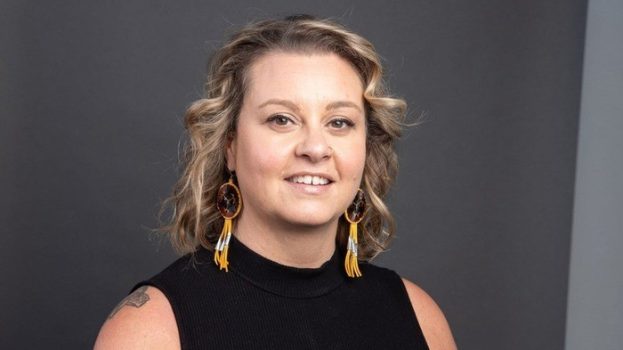Bleublancrouge hopes to help cities, tech developers and any company that may be impacted by the rapid changes currently happening in transportation with a new mobility practice dubbed BBR Commuter.
“Mobility” is a term that covers a large number of industries and potential clients. In addition to automotive, it includes public transit, urban planning, ride sharing, shipping and logistics. Simon Cazelais, partner and president of Bleublancrouge Montreal, says the practice was established so organizations involved in mobility and transportation don’t forget the human need as their industries are transformed.
Besides the rate of change, the other reason mobility is an important area is because of the broader impact it will have on other industries. Cazelais uses Toyota’s “e-Palette” (a self-driving concept debuted at CES that transports people, products and orders from brands and retailers) as an example.
“That’s how mobility is evolving, and in a way that will impact a lot of industries,” he says. “How citizens move will redefine their consumption habits, as will the ways industries bring their products to consumers.”
The practice will be led by Luc Arbour, who is also Bleublancrouge’s VP of account services for its Toyota account. Currently at a headcount of 15 staff, the practice will also pull expertise from other areas of Bleublancrouge and agencies within the Groupe Police network, such as U92 and Alice&Smith, as needed.
Cazelais says the agency is organized around three practices – the others being retail and entertainment – but mobility was the first to be packaged this way because of the broad impact it is set to have. The division is also backed by decades of experience in automotive and transportation with clients including Toyota, Vulog, Sherlock and BRP.
[iframe_youtube video = “9FxX_3lVKUE”]
At its core, Bleublancrouge is a communications agency, and that will be central to BBR Commuter’s offering, as well as strategic planning, consulting, research and design services that support it. Arbour says effective communication is important in successfully implementing plans that solve transportation issues, as well as ensuring the public is educated and informed of new innovations in mobility.
“We are strong believers that the citizens for whom those solutions are intended need to understand what the issues are, the solutions to them and what the result is going to be,” he says. “Mobility is the foundation of society. How people move and how they go from one place to another shapes how they live and consume. More changes are coming to that foundation, so [citizens] need to understand that impact.”
These changes do not necessarily have to be high-tech, and can be as simple as a new idea that upsets a long-held status quo. Residents of Toronto are currently experiencing first hand the kind of impact these initiatives can have as a result of the King St. Pilot Project, which has diverted the regular flow of vehicles on the downtown street. While the project has resulted in a less traffic and improved transit travel times along King St., but it has also irked motorists who have to navigate a new route and business owners who claim the reduced traffic has had an negative impact on their business.
“In most cases, citizens don’t know what is happening,” Arbour says of the way providers typically communicate the solutions they provide. “They are only stuck in their car or a bus every morning. What we can bring to the table is making sure whoever is providing those solutions are able to communicate what they are intending to do.”
























